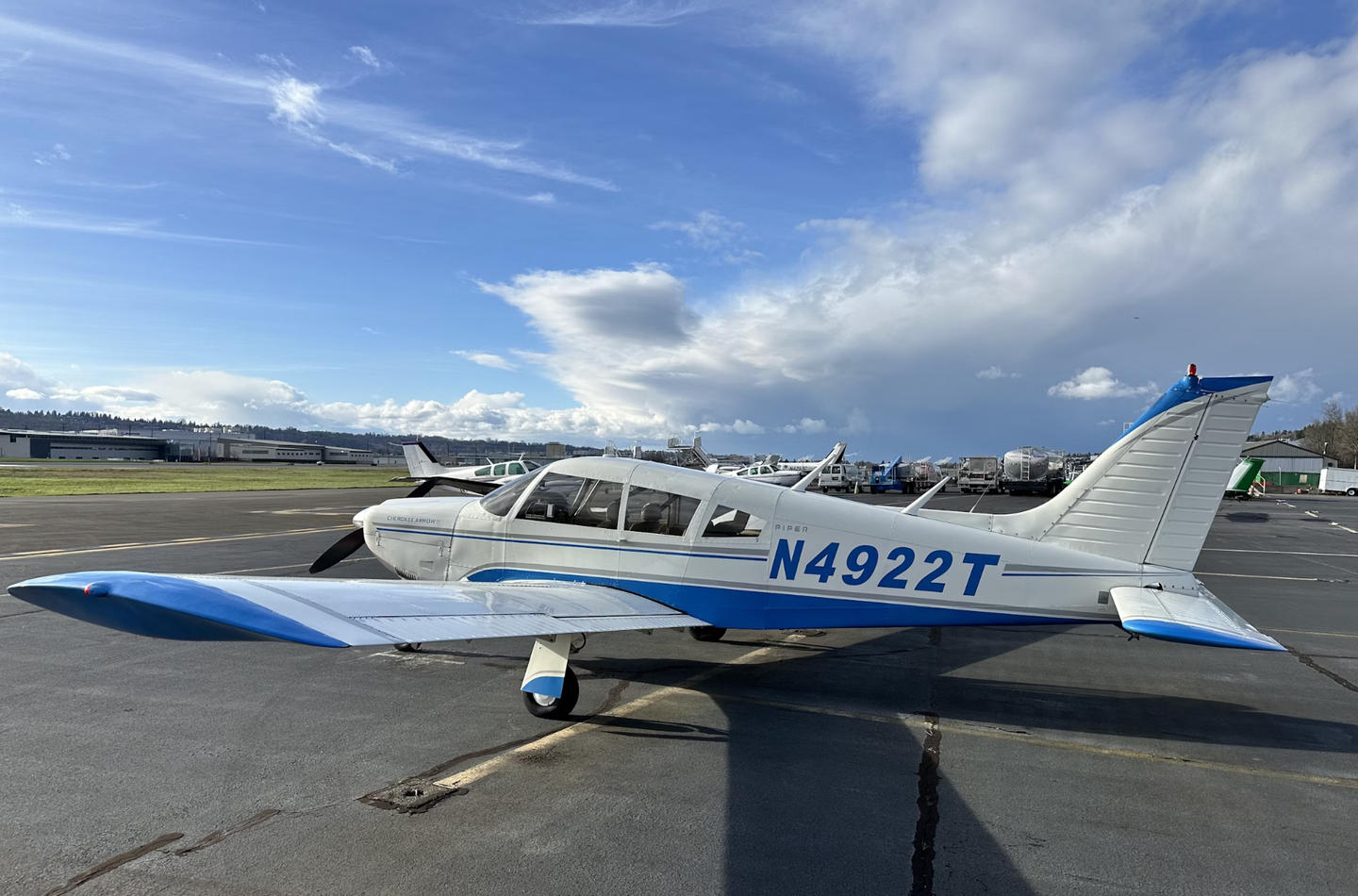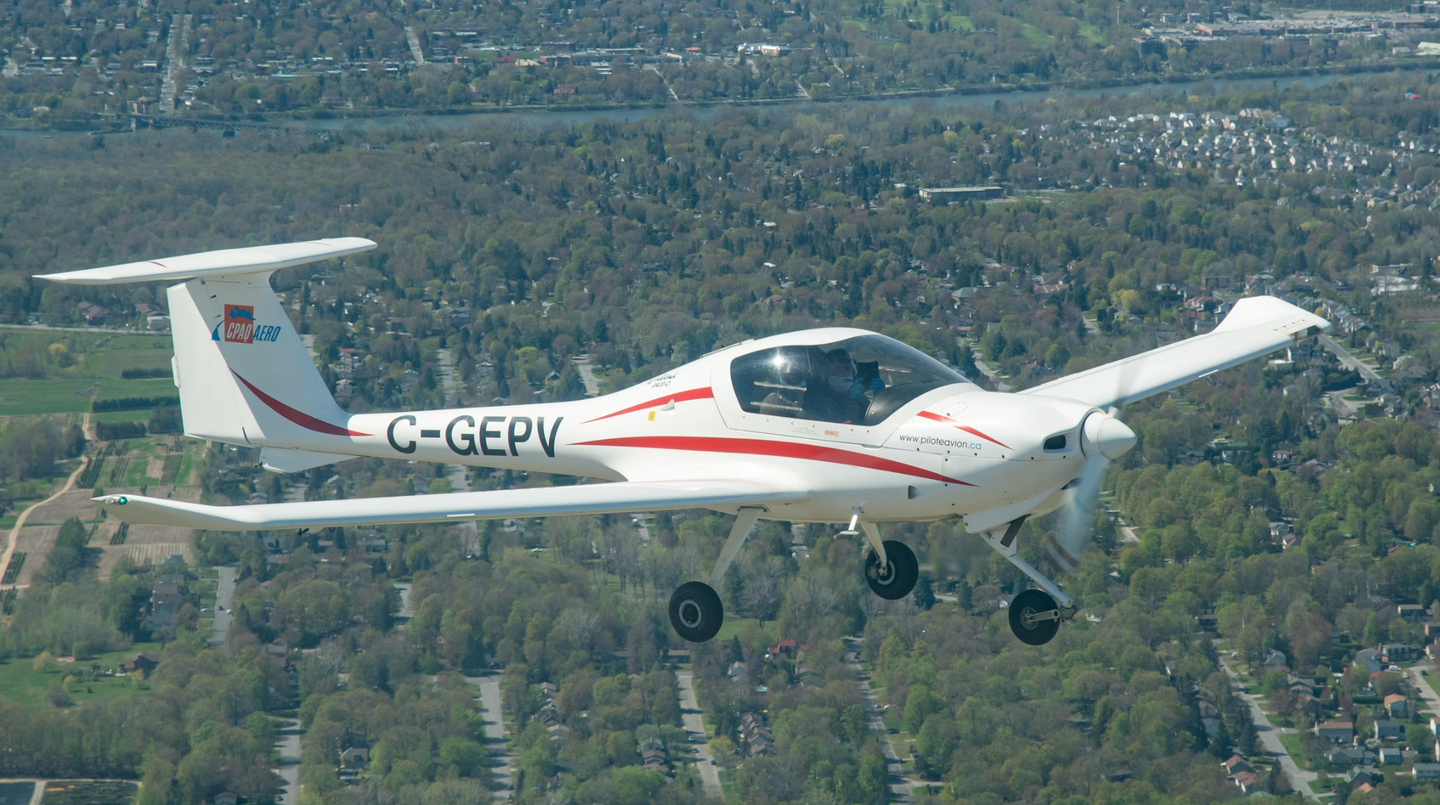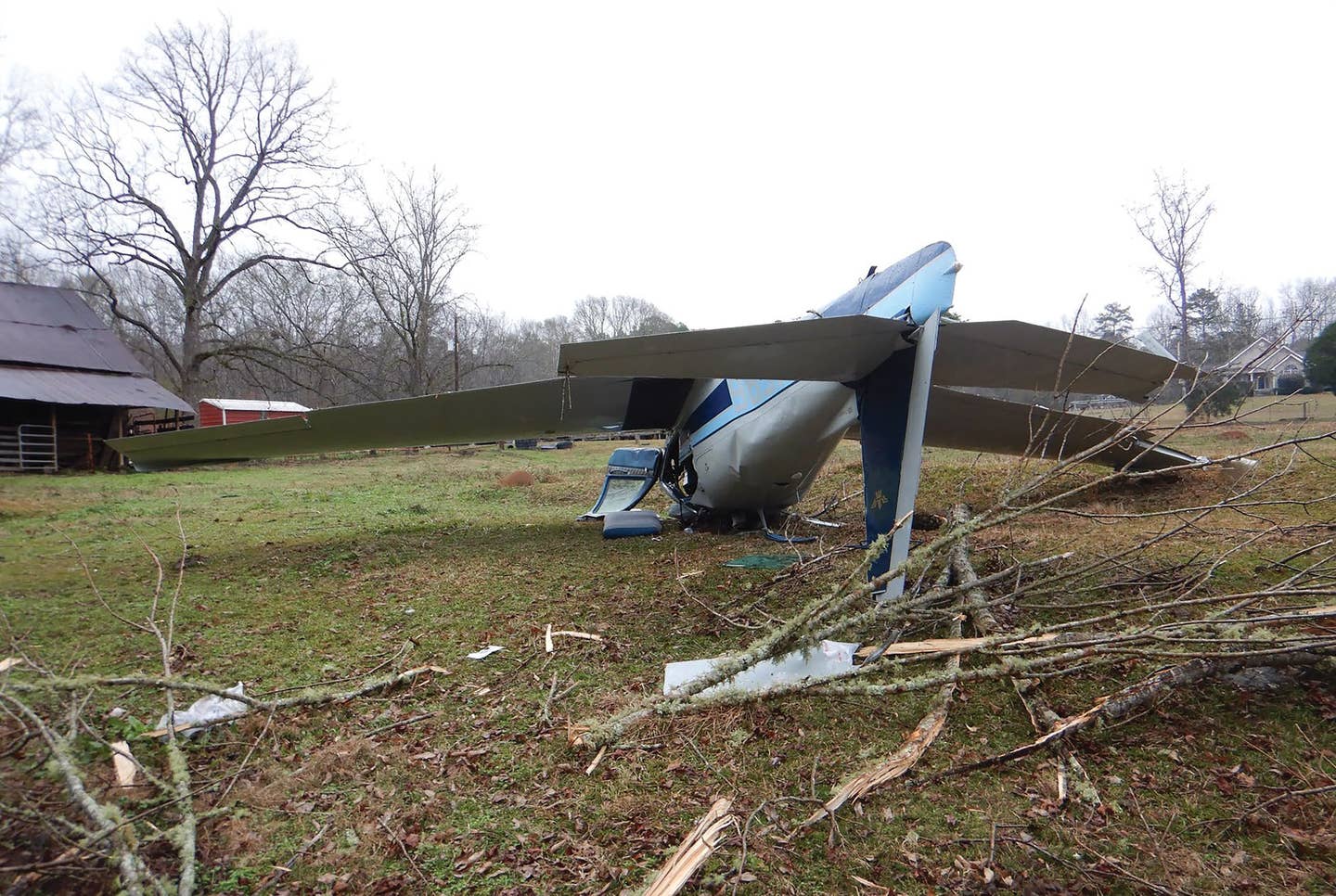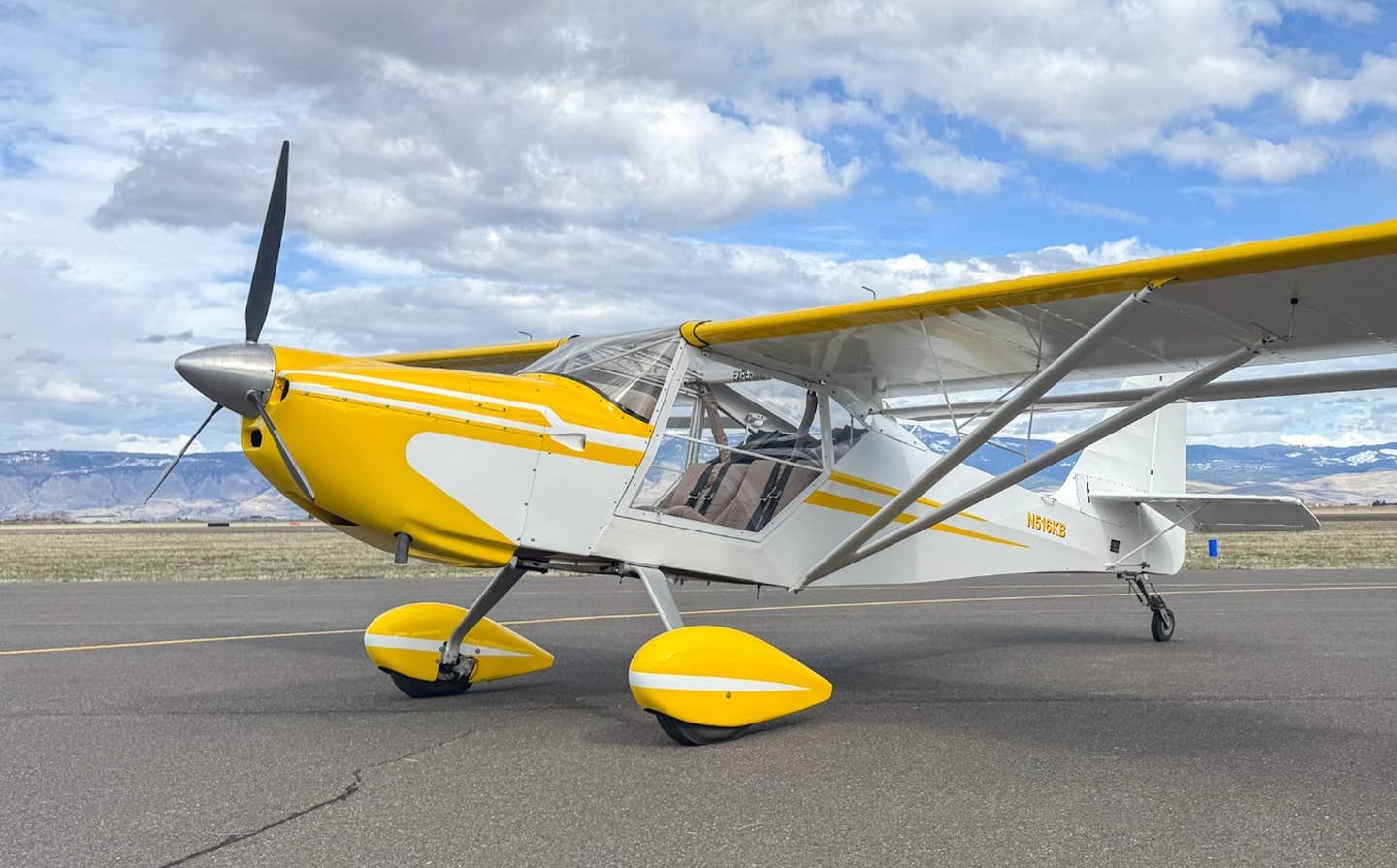The Other Skylanes
Having foreseen the demise of the Cardinal RG, Cessna introduced the retractable-gear Skylane RG in 1978 as an alternative to the six-seat Centurion. The Skylane RG used an electrically driven…

In stark contrast, this late-model 182-T features all the digital bells and whistles, along with far more modern styling and lines than its earliest ancestors.
Having foreseen the demise of the Cardinal RG, Cessna introduced the retractable-gear Skylane RG in 1978 as an alternative to the six-seat Centurion. The Skylane RG used an electrically driven hydraulic power-pack like the Centurion and Cardinal RG, with small-diameter 15-6.00 x 6 tires nestling into open maingear wheel wells.
It had been determined that any future Cessna single-engine designs would use Lycoming engines, which had found a happy home in the Skyhawk and Cardinal 10 years earlier. The only alternative for the new limber-leg Skylane was a derated parallel-valve Lycoming O-540 of 235 horsepower, which required a beefier cowl to enclose the big Lyc's front-mounted starter. My visit to Wichita in late 1977 to fly the Skylane RG prototype was delayed at first because Cessna Chairman Dwane Wallace had objected to the plane's vibration level, necessitating some redesign work.
In 1979, a follow-on Turbo Skylane RG, the TR182, was introduced, using a manually controlled wastegate for the turbo attached to the carbureted O-540. This system was also used on the fixed-gear Turbo Skylane built from 1981 to 1985. These T182Rs should not be confused with the 2001 reintroduction of a T182T, which used the fuel-injected TIO-540-AK1A engine with an automatic wastegate.
Cessna sold its own avionics packages in the 1960s and 1970s, supplied by its Aircraft Radio Corporation division; while workable units, the captive "Cessna" radios weren't terribly innovative. By 1985, ARC was sold off to Sperry Corporation. The Cessna Nav-Pak suites were obviously never popular with independent radio shops, so most used Skylanes have been retrofitted with Bendix/King and Garmin gear.
After production peaked at over 1,000 units in 1973, Skylane's numbers dropped off in the 1980s; there were 826 182s sold in 1977, 425 in 1980 and 101 in 1983, ending up with 39 in 1986. The rose's bloom was clearly dropping its petals. After the 1986 model year, Cessna threw in the towel, citing unsustainable product liability insurance costs attached to too-few units.
In the meanwhile, Textron Corporation purchased Cessna in 1992. Having owned Lycoming since 1985, Textron further cemented the relationship between Cessna airplanes and Lycoming engines with the acquisition.

Subscribe to Our Newsletter
Get the latest Plane & Pilot Magazine stories delivered directly to your inbox






